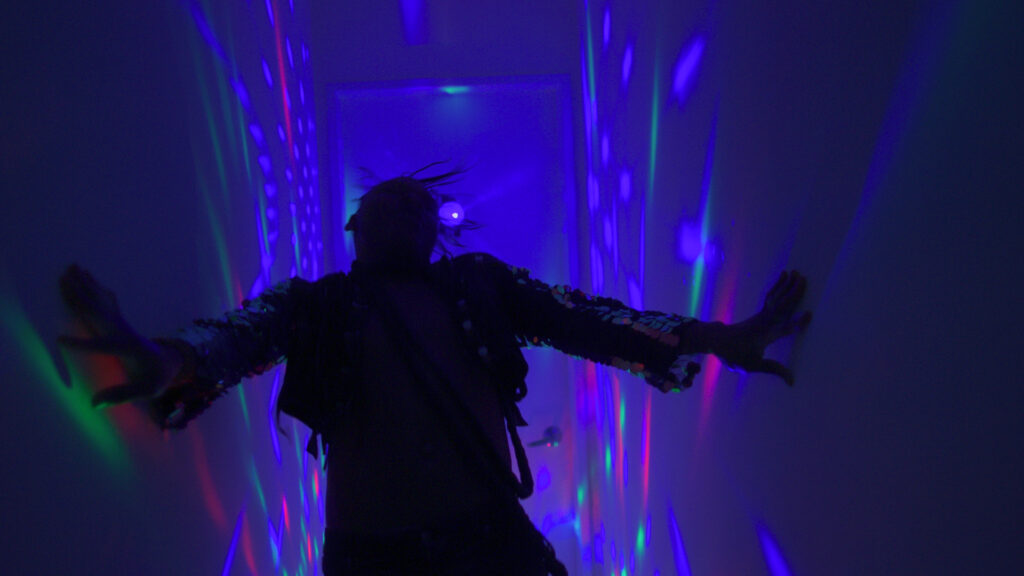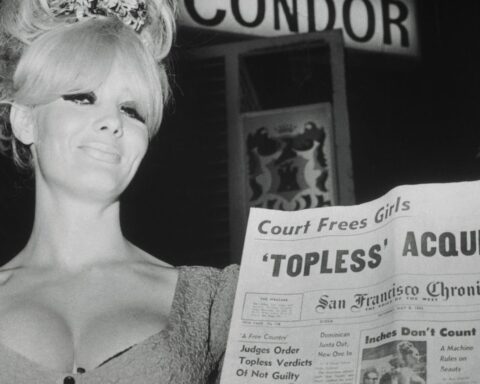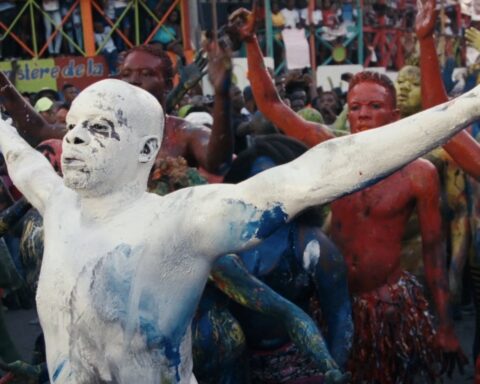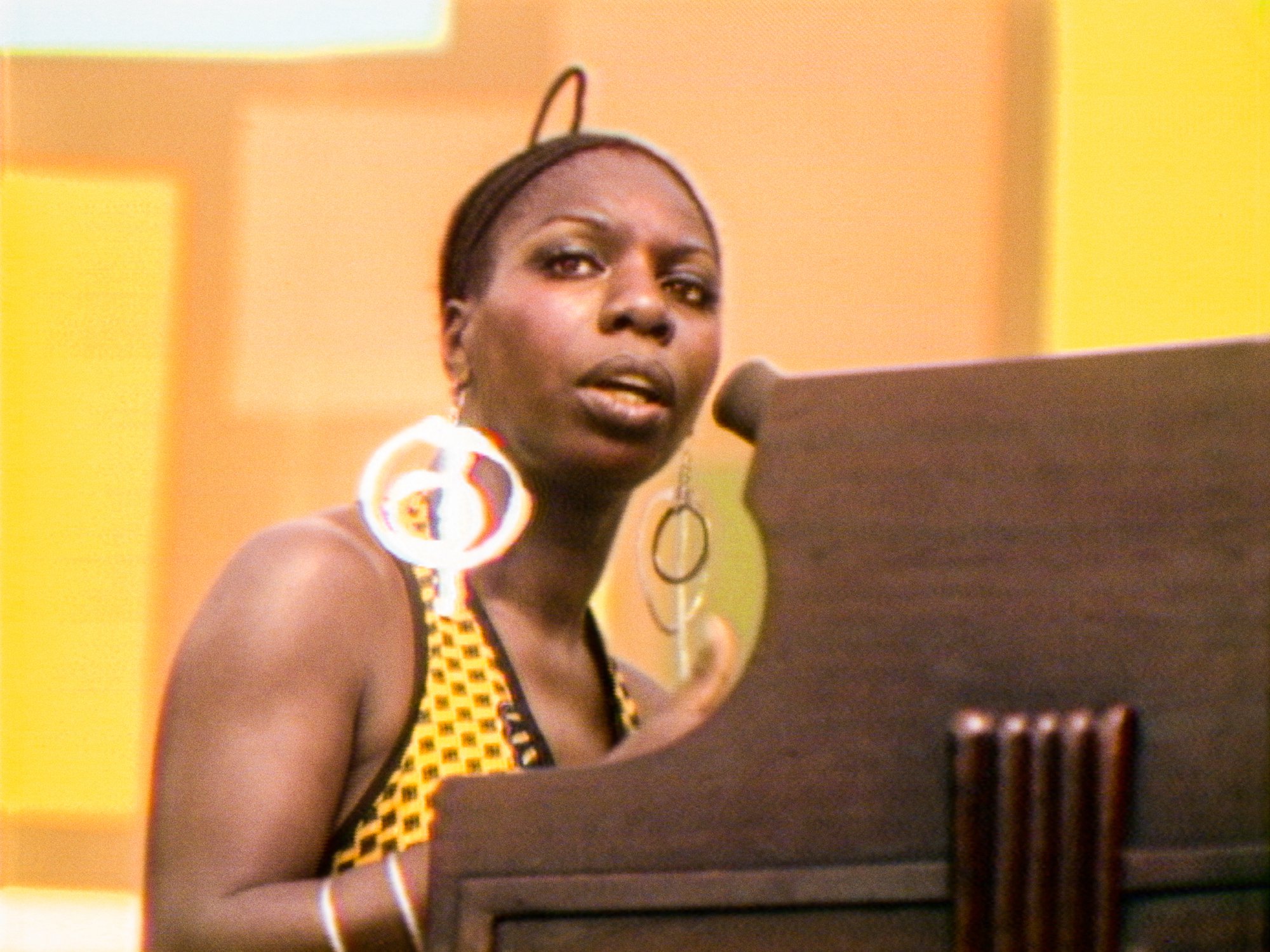The Legend of the Underground
(USA, 85 min.)
Dir. Nneka Onuorah, Giselle Bailey
Audiences who (re)discovered Paris Is Burning thanks to the popularity of RuPaul’s Drag Race and Legendary will devour The Legend of the Underground. Much like Jennie Livingston’s acclaimed, if controversial, 1990 portrait of the New York ballroom scene, Nneka Onuorah and Giselle Bailey deliver an invigorating and necessary study of the necessity for safe spaces. The Legend of the Underground features a cast of characters with their fierce dancing skills, but the hook of the story is not the killer lewks or fabulous moves. (Which are, naturally, great.) The film is very powerful as a portrait of the ongoing fight for LGBTQ rights worldwide. Specifically, the film turns its eye to Nigeria and shares the experiences of several gay man who face persecution simply for existing. Some of them flee, while others stay either by choice or by circumstance, but they’re all united in a common fight.
The young men of The Legend of the Underground are quite brave. Nigeria’s stance against LGBTQ rights makes other countries seem like gay paradises by comparison. Men can be sentenced to 14 years in prison for being caught having sex with another man. However, as Onuorah and Bailey explain, that discriminatory law is merely the beginning. Nigerians can be persecuted—and, as we see in the film, are—merely for being perceived to be gay. Even the scenes documenting the young men together in their shared home could be read as evidence of a criminal act, since Nigerian law deems it illegal for homosexuals to congregate. (But straight men having a few beers together in a bar is okay!) The men therefore go underground, just as generations of people did before them in countries in which homosexuality has now been decriminalized. As the directors chart the challenges of navigating the underground while remaining true to one’s authentic self, the film delivers an effective human rights portrait with style and swagger.
The film admittedly could be more inclusive as the story is almost entirely restricted to gay men. A few lesbians appear in a group discussion, while transgender folks are wholly absent. However, the film delivers despite the limited scope as it does more with less. These compelling narratives speak to the fissures that further marginalize people within marginalized groups.
In New York, the film introduces audiences to Micheal Ighodaro, a Nigerian ex-pat who uses his newfound freedom to bridge these divides. Micheal is an activist committed to LGBTQ causes and AIDS awareness. A rousing speaker, the film observes him in action at rallies where he calls upon queer people and allies to embrace an intersectional approach to their activism. He argues that his identity as a Black man and a gay man are inseparable, and that to focus on only one aspect of his needs is to depoliticize half of himself, and everyone who identifies in a similar way. The filmmakers notice his way with words, as intimate verité moments in his apartment catch the coded language that he continues to use in America. He calls meeting a hookup “going to market” even though the dating scene in North America has long normalized swiping whichever way the thumb swings, so to speak. Little moments like this one, where Micheal is dressed flamboyantly and not trying to pass in his mannerisms as he might back home, illustrate how deeply one internalizes shame and survival skills.
Back in Nigeria, the filmmakers encounter several young men navigating the underworld and evading persecution, but they focus on one character who gained international attention when his arrest was captured on video. James Brown, a drag queen, dancer, and Instagram influencer, sparked an inadvertent awareness campaign when he was arrested along on suspicion of being gay. The incident illustrated how bogus and bigoted the system is in Nigeria, for Brown was one of 58 men arrested on suspicion of participating in a big “gay initiation” ritual with police and reporters all but likening the scene to a form of witchcraft. While many of the other men stayed quiet and kept their heads down, James defied the cops by delivering a fierce defense to the media. “They didn’t caught me,” proclaimed the 19-year-old Brown, asserting that he (and others) were being arrested merely on suspicions—not for being caught in sexual acts.
The film follows James as he thrives best he can despite the state of limbo. His court case encounters delays and setbacks, which deny his freedom and prevent him from clearing his name. However, the camera sees what the courts can’t observe, as Underground chronicles Brown’s rise as a queer icon. He navigates identities both public and private, and amasses an Instagram following that, as of this writing, has over 400,000 followers double-tapping photos of his runway-ready looks, make-up guides, and messages of empowerment.
The Legend of the Underground extends the conversation to show how these criminal laws fracture families, fuel alienation, and widen inequalities. In a support group, one man shares his family’s revulsion when they learn from his doctor that he is HIV positive. They give him his own plate and spoon to protect themselves, thus illustrating how the government could better serve its population through education and awareness campaigns, rather than dehumanizing laws. Similarly, the characters note how police often look the other way for queens who can look fabulous and flaunt their wealth. Through these stories, the film sensitively connects the social factors that compound systemic inequalities.
Onuorah and Bailey admirably balance tragedy and triumph, however, as the men’s stories are merely one facet of the film. In between these confessional glimpses at the everyday life that inspires LGBTQ to seek spaces where they can express themselves freely, Legend of the Underground offers euphorically great moments of people doing exactly that. The colours of this film pop as electrifyingly as the kneecaps and elbows of its dancing queens do. Onourah, Bailey, and cinematographer Stephen Bailey drench the dancers in vibrant pinks, blues, and purples. This is what freedom looks like: the ability to move, mingle, love, and navigate space in a manner that comes naturally. As the dancers move freely and the flamboyant colours wash over them, it feels as if one enters another world—a safer and richer place that one hopes more of these characters may find.
The Legend of the Underground premieres on Crave June 29.
https://youtu.be/lKcRxaLrbhY














